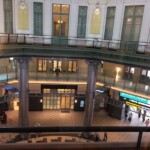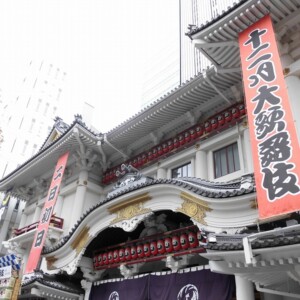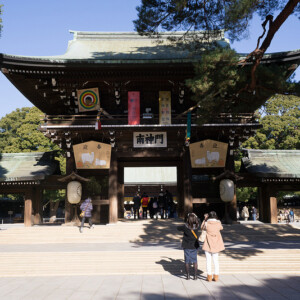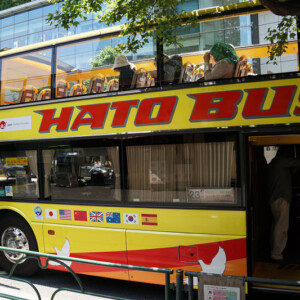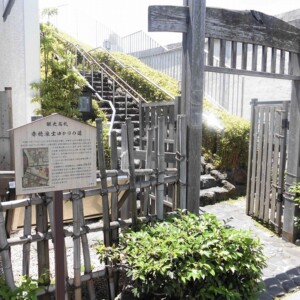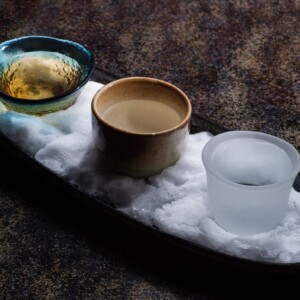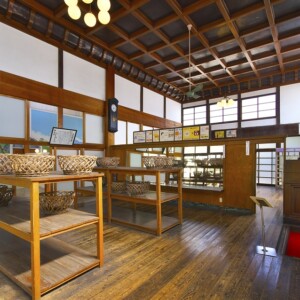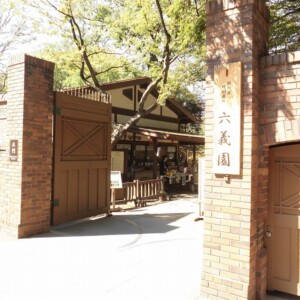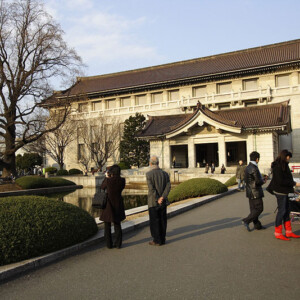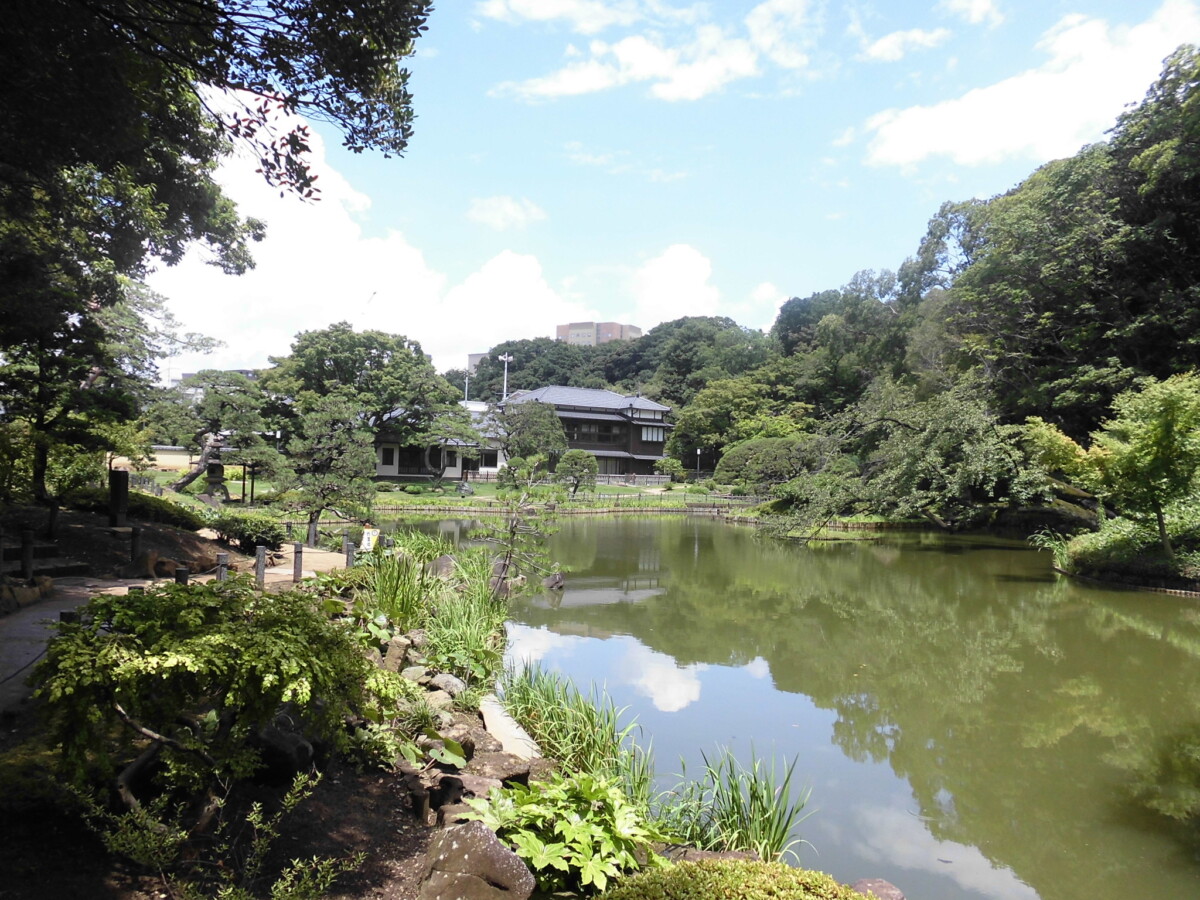
Higo Hosokawa Garden is a daimyo garden that you can enjoy for free!
table of contents
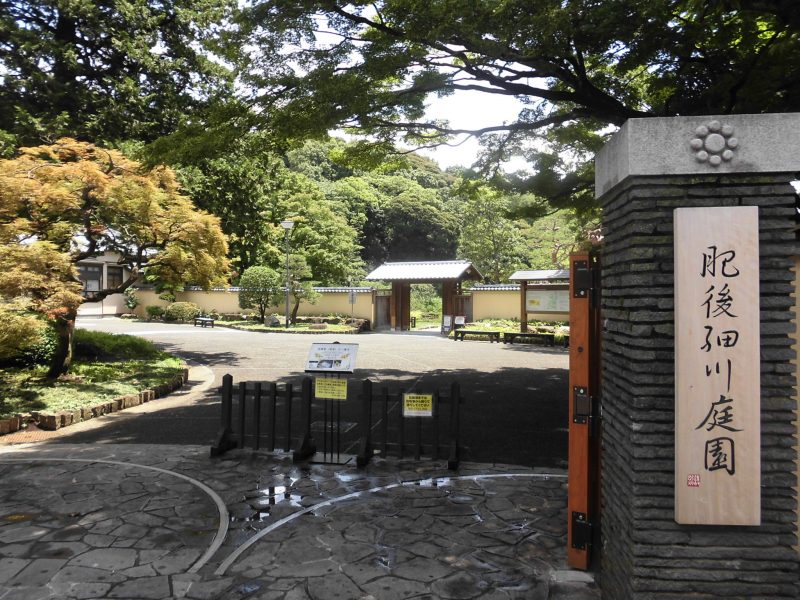
Have you heard of Higo Hosokawa Garden in Mejirodai? This is the site of the residence of the Hosokawa family, a feudal lord of Kumamoto, from the end of the Edo period, and the garden, which retains the atmosphere of that time, is open to the public free of charge. Why not enjoy a relaxing time in this feudal lord's garden, located in a quiet residential area in the city center?
Stroll through a garden inspired by Arashiyama in Kyoto!

If you get off at Edogawabashi Station on the Tokyo Metro Yurakucho Line, it's a 15-minute walk along the Kanda River to a place called Mejirodai. Looking up from the Kanda River, you'll see a plateau that looks like a mountain, and this area is the Higo Hosokawa Garden. As the name suggests, this was the secondary residence of the Hosokawa family, feudal lords of Kumamoto with a fief of 540,000 koku, from the end of the Edo period, and in 1882 it became the main residence of the Hosokawa Marquis family. Furthermore, in 1893, a beautiful Western-style building designed by Katayama Tokuma, who later designed the Akasaka Palace State Guest House, towered over the garden
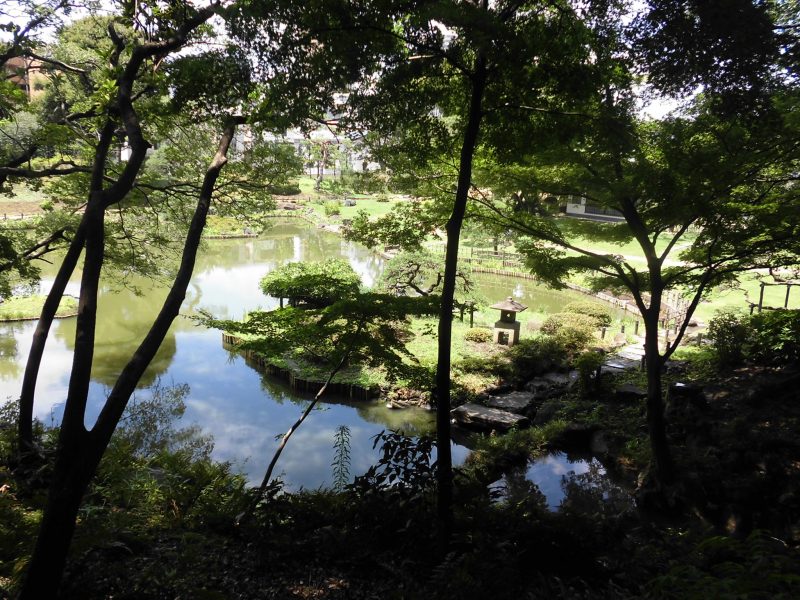
The scenery at Higo Hosokawa Garden still retains the atmosphere of a strolling pond garden that was established during the Meiji period. This garden is modeled after Arashiyama in Kyoto. There are places to rest all over the hill, and there are also observation decks that overlook the pond from various directions. We visited on a record-breaking hot day, but as we stood in the shade of the trees in the forest at Mejirodai, a cool breeze blew, helping us forget the heat
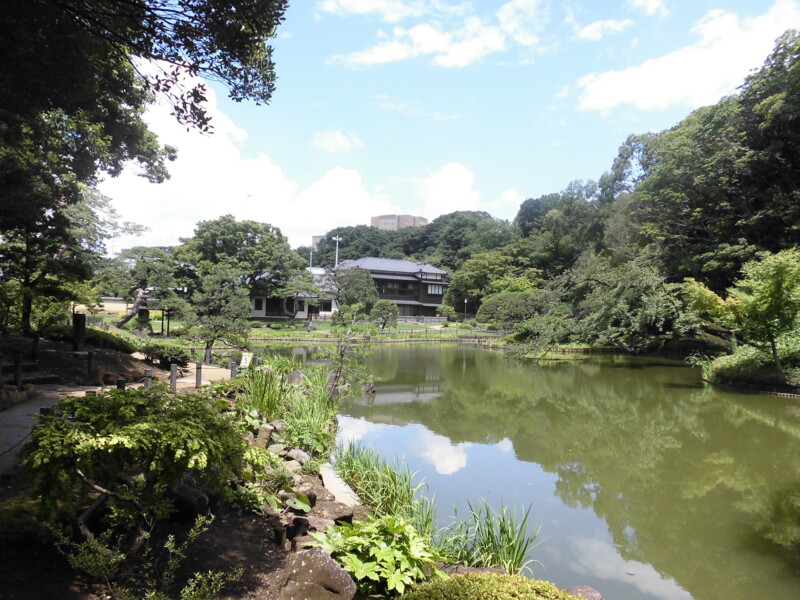
The place where we were looking down at the pond earlier is now in the greenery on the right side of the photo. The slope of the plateau is likened to a mountain, so it is designed not just to look at the pond, but also to allow people to enjoy a walk through the mountains and forest without looking at the pond. Furthermore, the spring water from the Mejiro Plateau, which still has a lot of greenery, has been cleverly used to create several waterfalls on the hill, and the water is designed to flow into the pond
The garden has also been designed to allow visitors to enjoy the changing seasons, and you can also enjoy flowers that are unique to Kumamoto. In spring, of course, there are plum and cherry blossoms, but in February, the Higo camellias are magnificent, and in April, the Higo peonies. Before summer arrives, you can enjoy the Higo irises around June, and at the end of autumn, in November, the Higo camellias. Best of all, admission to this beautiful garden is free throughout the year
There is also one more free spot. The observation deck on the second floor of Shoseikaku, the building in the center of the photo, is also free to use. Let's go there now
Take a break at Shosei-kaku!
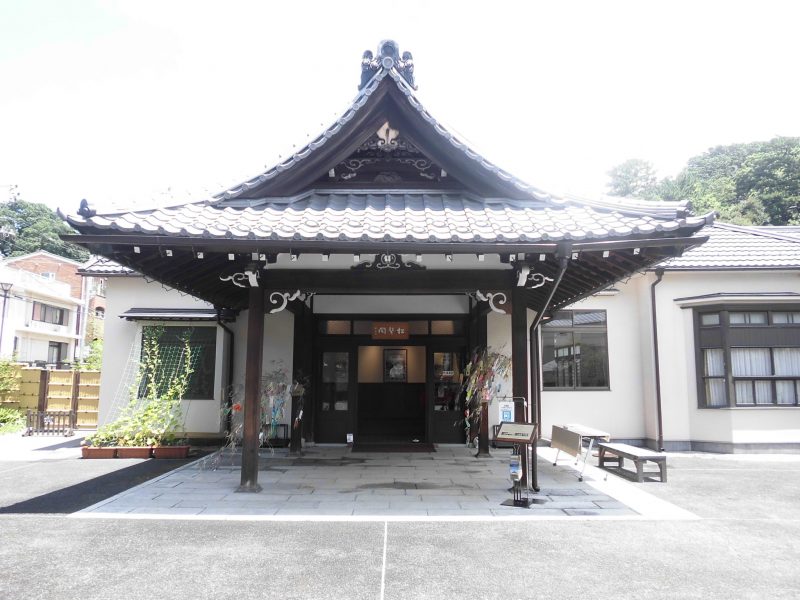
This is the entrance to Shoseikaku. It is so imposing that you may hesitate to enter, but you are free to enter. Originally, the building was a place of learning for the Hosokawa family, but it was also once the residence of the Hosokawa Marquis family. Shoseikaku, pictured, has been restored and earthquake-resistant, and since January 2016 has been used as a meeting place for Bunkyo Ward

Upon entering the building, you will see a panel about Shoseikaku on display in front of you, and Kumamon will welcome you. After taking off your shoes and putting on slippers, head to the observation deck "Camellia" on the second floor. On the first floor, there are four meeting rooms: the Western-style "Iris" and "Peony," and the Japanese-style "Chrysanthemum" and "Morning Glory." There is also a Japanese-style rest room "Camellia" on the first floor, where you can enjoy tea and sweets for a fee
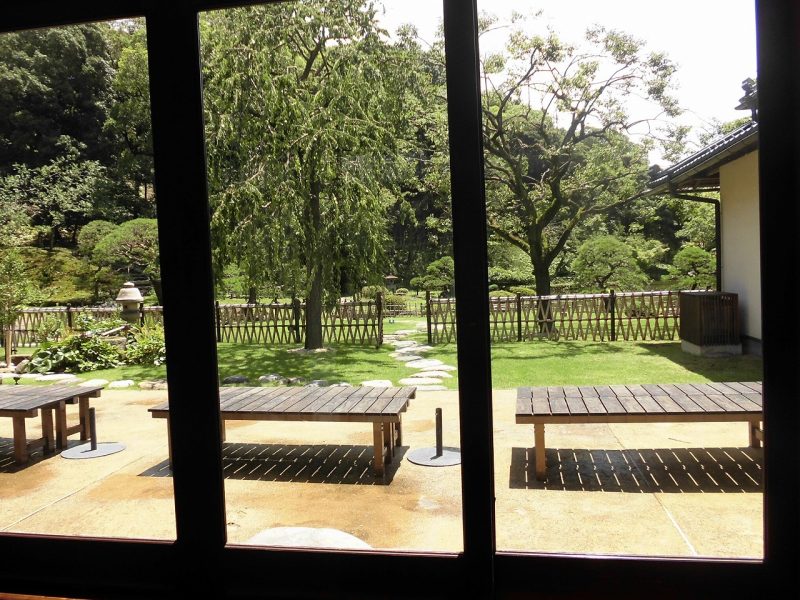
This is the view from the corridor leading to the stairs to the second floor. The white building you can see on the right is the rest area "Tsubaki." If you go to the left of the photo, you will find the elevator and stairs leading to the second floor. As there is an elevator, even those with bad legs can safely go up to the observation deck on the second floor
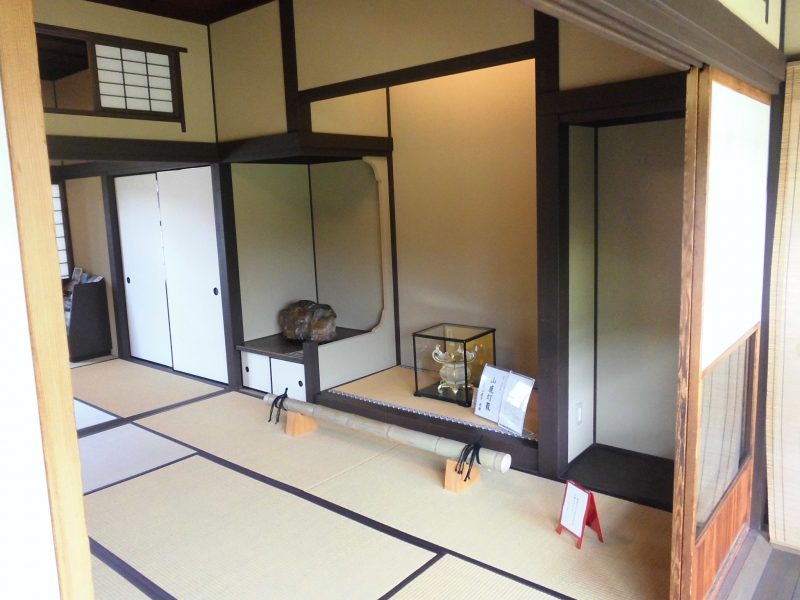
This is the observation deck "Camellia" on the second floor. The photo shows only half of "Camellia." In the room on the outer left of the screen, there are rows of chairs for resting, and an LCD TV is playing a video introducing "Higo Hosokawa Garden." When I visited, a group of visitors were seated and watching the video. This area is open from 9am to 5pm. From November to January, it is open until 4:30pm. Now, let's take a look at the garden from here. The right edge of the screen is a corridor with a large, spacious window
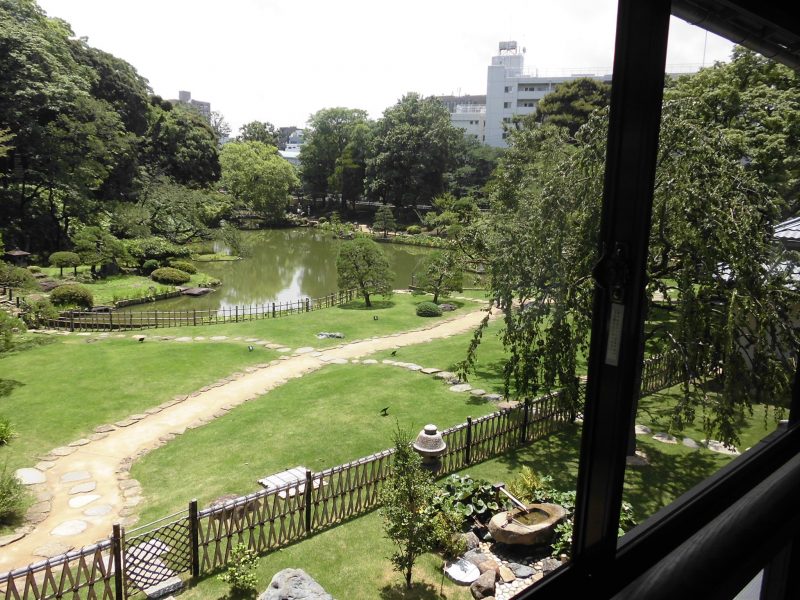
This is the view of Higo Hosokawa Garden from the observation deck "Camellia." You can look down on the entire garden, so you can appreciate it just as the members of the former Hosokawa family did. By the way, it was a scorching hot day when we visited, so we were very grateful to be able to enjoy the garden from the cool, air-conditioned observation deck, which is free of charge
How was it?
Higo Hosokawa Garden is a daimyo garden with free admission, but it is comparable in size and beauty to other daimyo gardens in Tokyo that require admission. It's a recommended spot for a stroll in the city!
INFORMATION
| name | Bunkyo Ward Higo Hosokawa Garden |
| location | 1-1-22 Mejirodai, Bunkyo-ku, Tokyo |
| telephone number | 03-3941-2010 |
| Official URL | http://parks.prfj.or.jp/higo-hosokawa/ |
| GOOGLE MAP |




![[Tokyo] Stroll through the feudal lord garden connected to Mito Komon ~Koishikawa Korakuen~ Photo 1](https://jp.neft.asia/wp-content/uploads/2018/01/66e091bc2d19932de79e174ad215915d-150x150.jpg)


